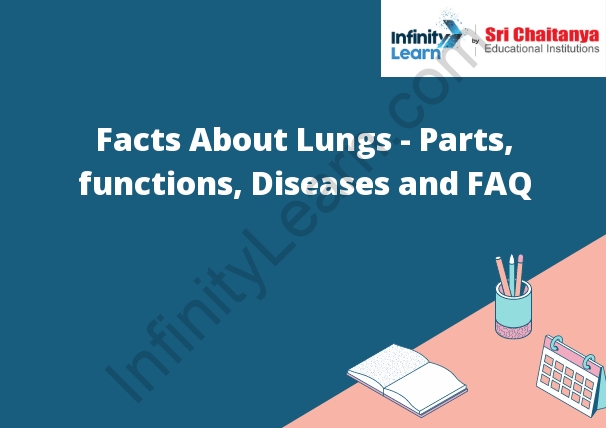Table of Contents
Introduction to Lungs
The lungs are two spongy organs in the chest that are responsible for taking in oxygen from the air and releasing carbon dioxide. The lungs are lined with tiny air sacs called alveoli, which are surrounded by a network of blood vessels. When we breathe in, the air travels through the nose and mouth and into the lungs, where the oxygen is absorbed into the blood. The carbon dioxide is released from the blood and exhaled.
The lungs are a pair of organs in the chest that are responsible for exchanging oxygen and carbon dioxide between the body and the environment. They are enclosed in the ribcage and are connected to the trachea, which carries air to and from the lungs. The lungs are divided into lobes, and the air passages are divided into small airways called bronchi. The bronchi split into even smaller airways, called bronchioles, which lead to the alveoli, the tiny air sacs where gas exchange occurs.
The lungs are supplied with blood by the pulmonary artery and the pulmonary veins. The pulmonary artery carries carbon-dioxide rich blood from the rest of the body to the lungs, and the pulmonary veins carry oxygen-rich blood from the lungs to the rest of the body.
The lungs are a vital organ, and when they are not functioning properly, it can lead to a number of serious health problems.

Parts of Lungs
There are four main parts of lungs: the right upper lobe, the right lower lobe, the left upper lobe, and the left lower lobe. The right upper lobe is the largest of the four lobes and is located in the upper-right side of the chest. The right lower lobe is the smallest of the four lobes and is located in the lower-right side of the chest. The left upper lobe is the largest of the four lobes and is located in the upper-left side of the chest. The left lower lobe is the smallest of the four lobes and is located in the lower-left side of the chest.
Functions of Lungs
The lungs are organs in the body that are responsible for the exchange of carbon dioxide and oxygen between the body and the environment. The lungs are located in the thoracic cavity and are separated from the abdomen by the diaphragm. The lungs are surrounded by a pleural membrane that is filled with a fluid that helps to lubricate the lungs and reduce friction as they move.
The lungs are divided into two parts, the right lung and the left lung. The right lung is divided into three sections, while the left lung is divided into two sections. The lungs are responsible for the exchange of gases between the body and the environment. Carbon dioxide is exhaled from the body and oxygen is inhaled into the body.
The lungs are also responsible for the distribution of blood throughout the body. The lungs receive blood from the heart and then distribute it throughout the body. The lungs also help to regulate the body’s pH balance.
Diseases of Lungs
Lung diseases are illnesses that affect the lungs. They can be caused by a variety of things, such as infections, smoking, air pollution, and genetics.
There are many different types of lung diseases, and they can range in severity from mild to life-threatening. Some of the most common lung diseases include pneumonia, bronchitis, asthma, and lung cancer.
Smoking is the leading cause of lung disease, and it can lead to a number of serious health problems, including cancer, emphysema, and chronic bronchitis.
Air pollution is also a major contributor to lung disease, and it can cause a variety of problems, such as asthma, bronchitis, and lung cancer.
Genetics can also play a role in lung disease, and some conditions, such as cystic fibrosis and emphysema, are passed down from parents to their children.
Lung diseases can be treated with a variety of medications and therapies, but in some cases, they may require surgery or even a lung transplant.
The best way to prevent lung disease is to avoid smoking and exposure to air pollution, and to get regular checkups from your doctor.
The lungs are a pair of organs in the chest that help you breathe. They take in oxygen from the air and give off carbon dioxide.







